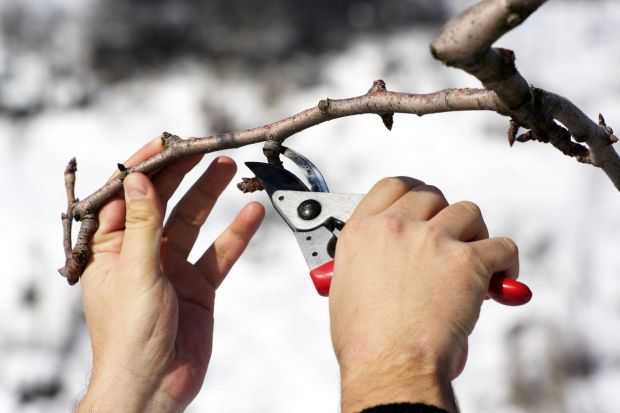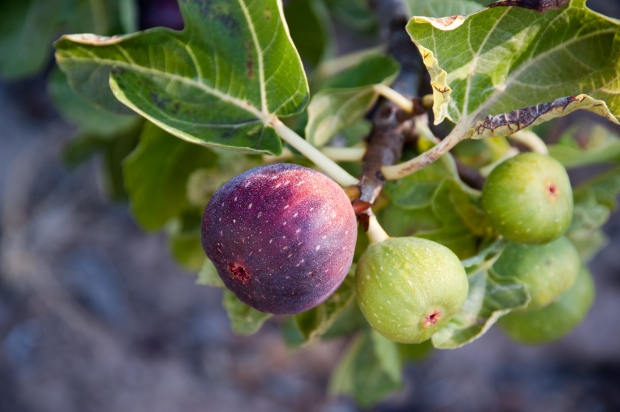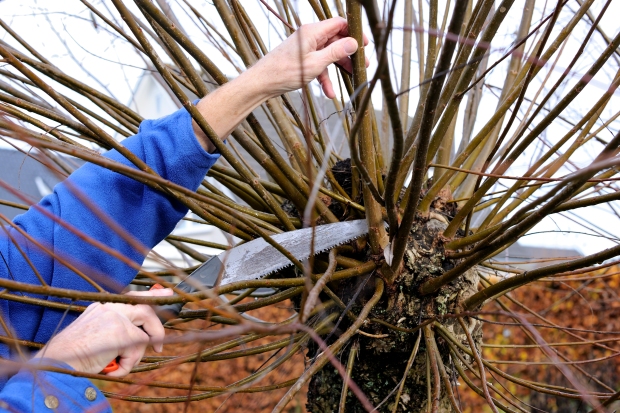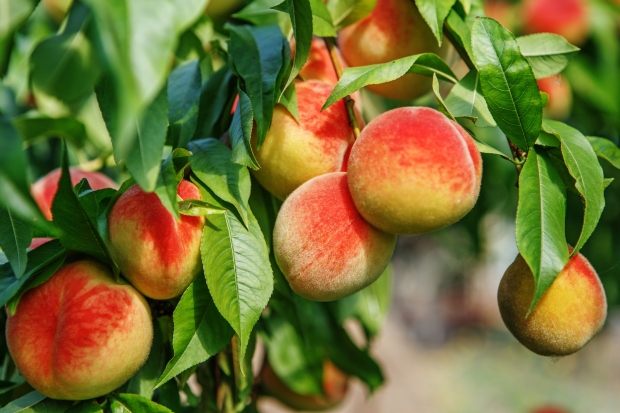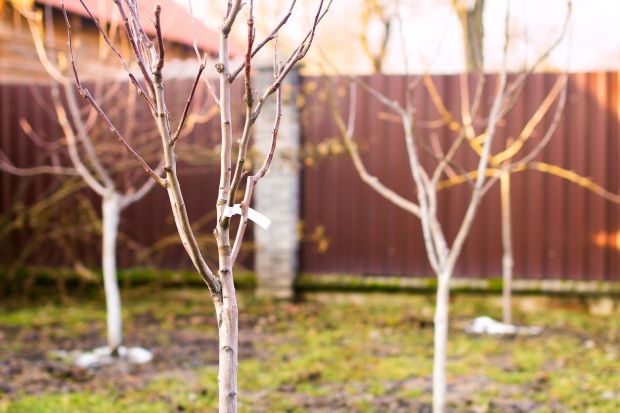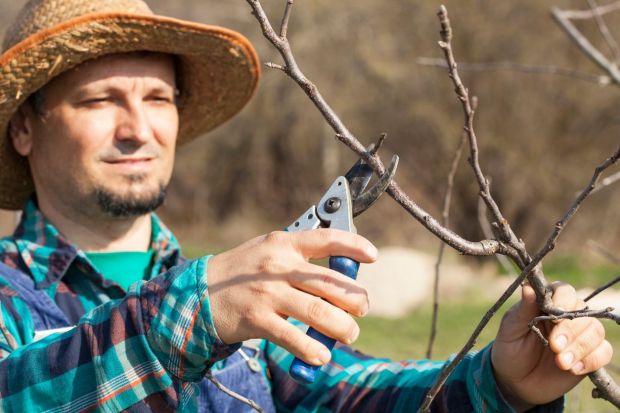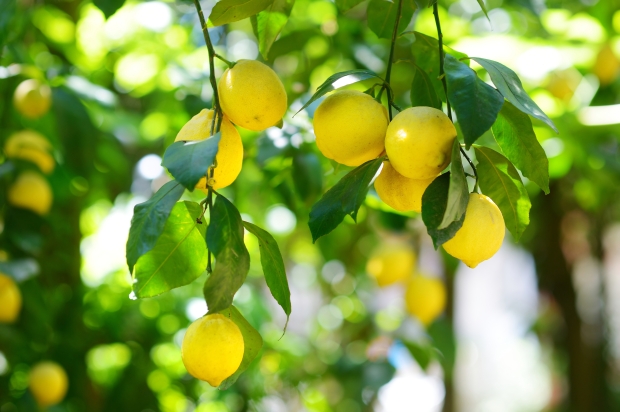To keep the fruit trees tidy and productive, we will prune them once a year. When would be the best time?
Most fruit trees are deciduous, which means they lose their leaves every year and go dormant. The dormant period is the best time to prune a tree. In most climate zones, this is in the winter or very early spring.
To make this job easier, there are three basic steps to successfully pruning your fruit trees.
- Removing dead, damaged, or diseased branches
- Thinning out overgrown branches
- Cutting back some of last year’s growth, which is known as "heading back"
Let’s delve into these three steps in more detail.

